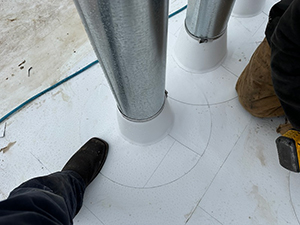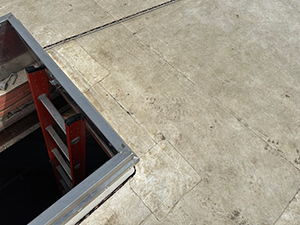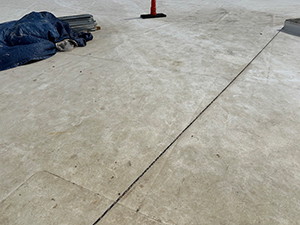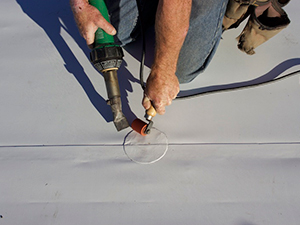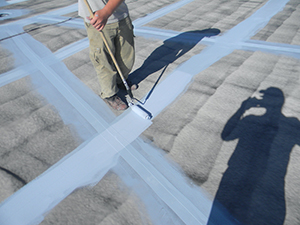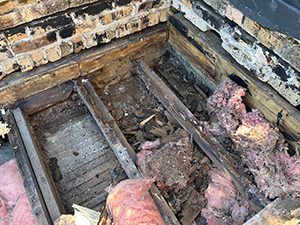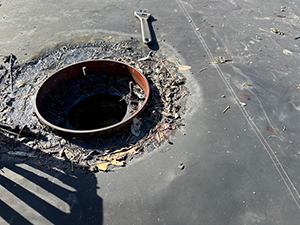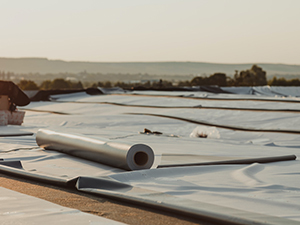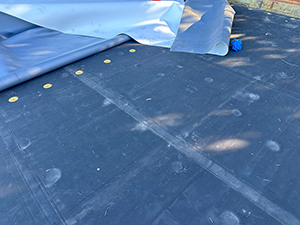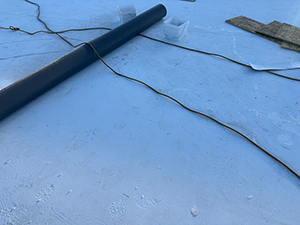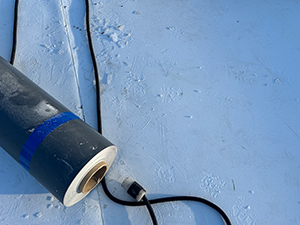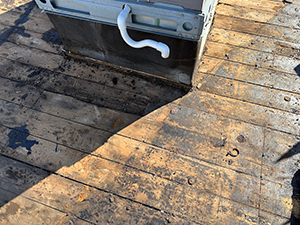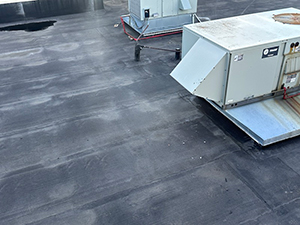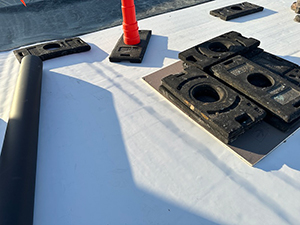
The well-being of your building’s roof holds great significance when it comes to commercial real estate. Quality Cool Roof Solutions, located in Rifle, Colorado recognizes that replacing a flat roof poses a considerable expense for any corporation. It is not merely an immediate cost but rather an investment in the future of one’s property. A thorough analysis comparing expenses against benefits allows businesses to make smart decisions geared towards long-term advantages. To discuss how a flat roof replacement can benefit your commercial property, contact us at 970-250-4582.
Replacing a commercial flat roof comes with a hefty price tag at the outset. The expense is affected by variables such as roof size, building materials selected, labor costs, and any vital repairs needed for underlying structures. Though it may seem worthwhile to concentrate on immediate expenses initially, wise business owners consider the long-term value that an updated rooftop provides.
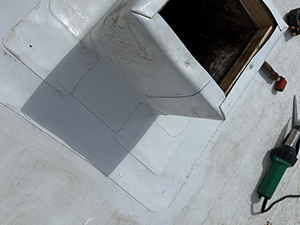
By installing a new flat roof from Quality Cool Roof Solutions, you can benefit from superior defense against water damage and enhance insulation capabilities. Additionally, the use of top-quality materials enables your roofing system to reflect sunlight effectively in Rifle, Colorado – resulting in significantly lower cooling costs during hotter months. Embracing this energy-efficient solution not only reduces operational expenses but also supports eco-friendly business practices for greater sustainability.
A commercial property’s worth can increase significantly with a new roof. This enhances the building’s visual charm, creates a healthier indoor atmosphere for occupants and communicates to potential buyers or renters that it is well-maintained. Furthermore, warranties that accompany most new roofs offer assurance and protection against subsequent repairs – all adding to its value proposition.
Replacing a commercial flat roof provides an opportunity to upgrade with modern roofing technologies and adopt features such as cool roofing systems. Our company, Quality Cool Roof Solutions, specializes in the provision of these options which can result in both long-term savings and environmental advantages while displaying the potential for high return on investment.
To sum up, though the initial expense of a commercial flat roof replacement may seem daunting, its enduring benefits in safeguarding, conserving energy and boosting property value cannot be emphasized enough. Our company – Quality Cool Roof Solutions located in Rifle Colorado- is committed to guiding our clients through this process so that they can make informed decisions resulting in favorable outcomes for their investments. Reach out to us at 970-250-4582 to explore how your business can benefit from a new flat roof installation. Let’s work together to unleash the full potential of your property!

